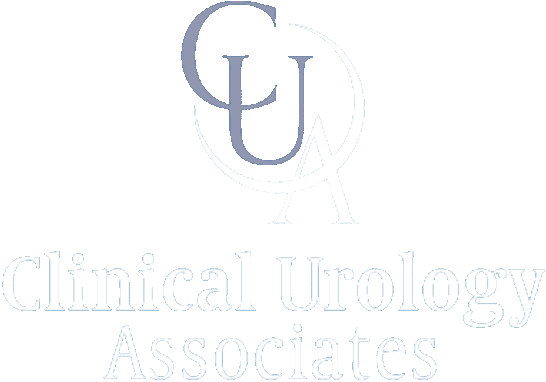Interstitial cystitis is a long-term (chronic) inflammation of the bladder wall.
Causes, incidence, and risk factors – Interstitial cystitis (IC) is a painful condition due to inflammation of the tissues of the bladder wall. The cause is unknown. IC is often misdiagnosed as a urinary tract infection. Patients can go years without a correct diagnosis. On average, there is about a 4-year delay between the time the first symptoms occur and when the diagnosis is made.
The condition is most common around ages 30 to 40, although it has been reported in younger people. Women are 10 times more likely to have IC than men.
Symptoms
Common symptoms of interstitial cystitis include:
- Pain during intercourse
- Pelvic pain
- Urinary discomfort
- Urinary frequency (up to 60 times a day in severe cases)
- Urinary urgency
- Many people who have long-term interstitial cystitis are also depressed because of the pain and changes to their lifestyle
The diagnosis is made by ruling out other causes.
Tests include:
- Bladder biopsy
- Cystoscopy (telescopic examination of the bladder)
- Urinalysis
- Urine culture
- Urine cytology
- Video urodynamics (shows how much urine must be in the bladder before you feel the need to urinate)
Treatment
There is no cure for IC, and there are no standard treatments that are known to be effective for most patients. Results vary from person to person. Treatment is based on trial and error until you find relief. Elmiron is the only medication taken by mouth that is approved for treating IC. This medicine coats the bladder like Pepto-Bismol coats the stomach.
Other medicines may include:
- Narcotic painkillers for severe pain
- Tricyclic antidepressants such as amitriptyline to relieve pain and urinary frequency
- Vistaril (hydroxyzine pamoate), an antihistamine that causes sedation, helps reduce urinary frequency
Other therapies that may be tried include:
- Over-filling the bladder with fluid while under general anesthesia (bladder hydrodistention)
- Bladder training (using relaxation techniques to train the bladder to go only at specific times)
- Medicines placed directly into the bladder, including dimethyl sulfoxide (DMS), heparin, Clorpactin, lidocaine, doxorubicin, or bacillus Calmette-Guerin (BCG) vaccine
- Physical therapy and biofeedback (may help relieve pelvic floor muscle spasms)
- Surgery, ranging from cystoscopic manipulation to bladder removal (cystectomy)
- The urologist may suggest certain dietary changes which are known to be of great benefit


